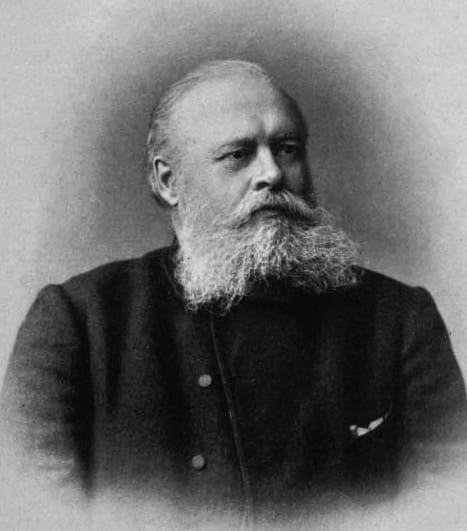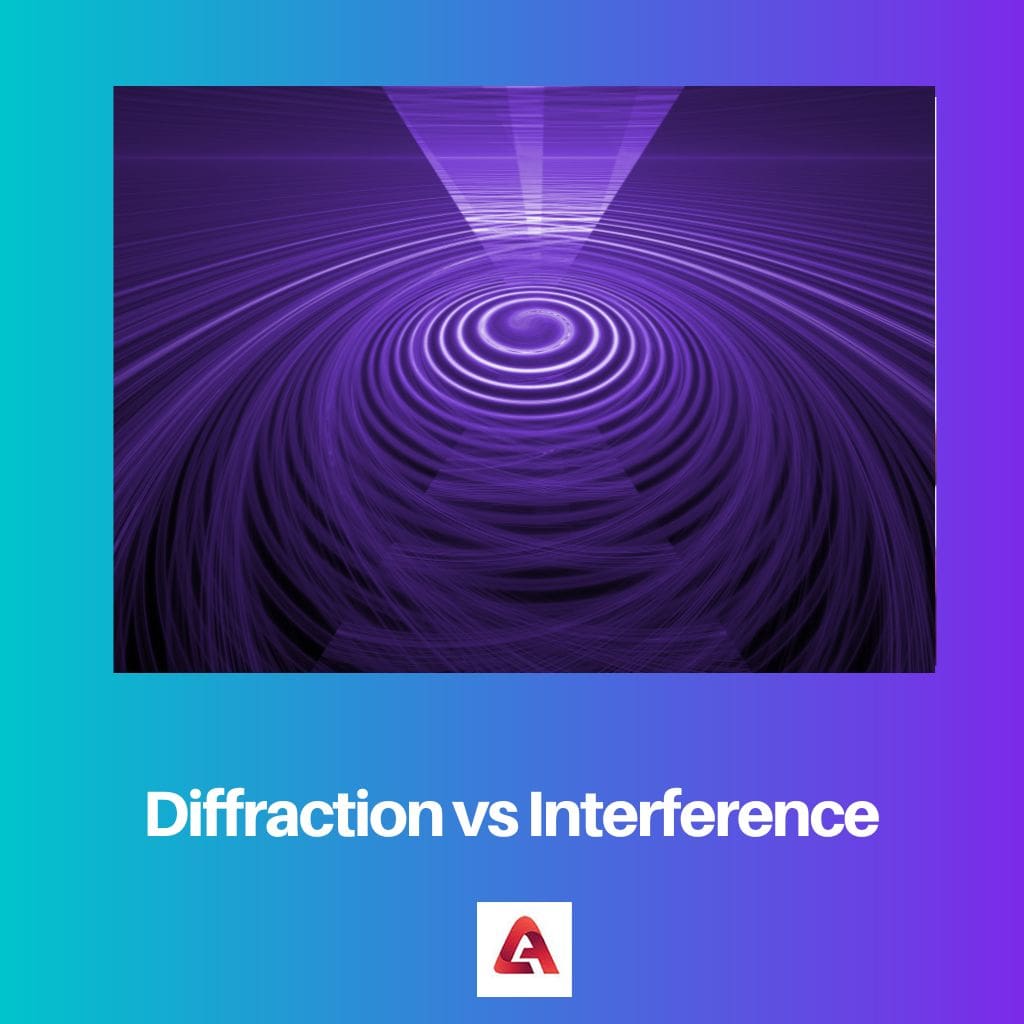Chemistry- the subject of fascination and excitement. It is common to get confused between many rules and concepts.
For instance, the Markovnikov and Zaitsev rule. These rules are related to the concept of elimination reactions.
Although both these scientists formulated a rule in the same concept, they are better known as rivals, as they had conflicting opinions on the same topic.
Key Takeaways
- Markovnikov’s principle in organic chemistry predicts the major product of an addition reaction involving an unsymmetrical alkene. In contrast, Zaitsev’s rule is a guideline that predicts the major product in elimination reactions.
- Markovnikov’s rule states that the nucleophile will preferentially add to the less substituted carbon of the alkene, leading to the formation of the more stable carbocation. In contrast, Zaitsev’s rule suggests that the more substituted alkene will be the major product in an elimination reaction.
- Both rules are essential tools for understanding and predicting reaction outcomes in organic chemistry, with Markovnikov’s rule applying to addition reactions and Zaitsev’s rule to elimination reactions.
Markovnikov vs Zaitsev
Markovnikov was a scientist who stated a rule related to elimination reaction in 1869. According to Markovnikov, the most suitable product is formed by the least substituted alkene in an elimination reaction. Zaitsev was a scientist who stated another rule related to elimination reaction in 1875. According to Zaitsev, the most suitable product is formed by the most substituted alkene in an elimination reaction.

Markovnikov was a Russian Chemist who is popularly known for his Markovnikov rule in chemistry.
He put forward his rule after extensively studying and researching addition and elimination reactions.
He stated that when a halogen (X) is added to an alkene with two or more carbons, the halogen gets attached to that carbon, which is less substituted.
Zaitsev was a Russian Chemist also known for his rule opposing Markovnikov’s rule- Zaitsev or Saytzeff rule.
This rule states that during the addition of a halogen reaction, the halogen gets attached to the carbon, which is highly substituted.
He believed the product formed after this reaction was the most stable and favoured. But Zaitsev’s rule also has many exceptions.
Comparison Table
| Parameters of Comparison | Markovnikov | Zaitsev |
|---|---|---|
| Born in | 25 December 1837 | 2 July 1841 |
| Popular/ Known for | Markovnikov/ Markownikoff’s Rule | Zaitsev/ Saytzeff’s Rule |
| Published the rule on | 1869 | 1875 |
| Statement of the rule | In an elimination reaction, the least substituted alkene will form the most stable product | In an elimination reaction, the most substituted alkene will form the most stable product |
| Exceptions | Anti-Markovnikov’s rule | Conjugation, Bulky base addition, Steric hindrance, etc. |
Who is Markovnikov?
As mentioned above, Vladimir Markovnikov is a Russian scientist born on 25 December 1837 who actively pursued a career in organic chemistry and contributed to this field by publishing his Markovnikov’s Rule, also spelt as Markownikoff’s Rule, in the year 1869.
Markovnikov completed his early education at the University of Kazan and pursued a scientific career thereon. His career got a boost and recognition after the publication of his rule.
He was the first one to observe a pattern in the addition and elimination reactions and, later on, introduced a rule that aided in simplifying and understanding the elimination reactions.
He stated that while adding a halogen as a compound (for instance, HCl) to an alkene, the halogen part gets attached to the less substituted carbon.
The proton part gets attached to the more substituted carbon.
If we take the example of HCl and propene, after breaking the double bond, the chlorine part gets attached to the mid-carbon, while the hydrogen gets attached to the end carbon (Final product- 2-chloropropane)
This rule boosted Markovnikov’s career in Russia, but he did not get enough recognition globally until other scientists translated his statement into other languages.
This rule has some exceptions that are stated in the Anti-Markovnikov Rule. The contribution of Markovnikov to organic chemistry is tremendous and inspiring.
To date, this rule is followed extensively.

Who is Zaitsev?
As aforementioned, Alexander Zaitsev is a Russian chemist who was born on 2 July 1841 and followed his passion for pursuing organic chemistry.
He gained fame because of Zaitsev Rule (also called Saytzeff Rule), published in 1875.
He also completed his early education at the University of Kazan by pursuing a degree in economics.
Because of the Cameral system (any student pursuing a degree in economics should study chemistry for two years), Zaitsev also pursued a career in chemistry.
He has worked as an assistant to many renowned scientists like Kolbe and Wurtz, which granted him colossal experience.
While studying at the University of Kazan, Zaitsev observed and inscribed some reactions.
After Markovnikov’s rule, Zaitsev published his version of it, contradicting Markovnikov’s statement.
He stated that when a halogen reacts with an alkene, after the double bond breaks, the halogen part gets attached to the more substituted carbon, and the proton gets attached to the least substituted carbon.
Zaitsev actively researched addition and elimination reactions to argue and disprove his rival, Markovnikov.
Zaitsev’s rule was successful but had many exceptions with Bulky bases, conjugations, Steric activity, etc.
This rule is highly acknowledged in the world of chemistry. Zaitsev even received numerous awards for his discovery and was highly appreciated in the 18th and 19th centuries.
Main Differences Between Markovnikov and Zaitsev
- Markovnikov was a Russian chemist born on 25 December 1837 and is known for his Markovnikov/Markownikoff rule. In contrast, Zaitsev was a Russian chemist born on 2 July 1841 who is famous for his Zaitsev/ Saytzeff rule.
- According to the Markovnikov rule, the functional group gets attached to the least substituted carbon in an alkene elimination reaction. According to the Zaitsev rule, the functional group gets attached to the most substituted carbon.
- According to the Markovnikov rule, the proton part in the functional group gets attached to the more substituted carbon. According to the Zaitsev rule, the proton part gets attached to the least substituted carbon.
- Markovnikov believed that the least substituted alkene is the most stable product, whereas Zaitsev defended that the most substituted alkene is the balanced product.
- Markovnikov’s rule has exceptions- Anti-Markovnikov’s rule, whereas Zaitsev’s rule has exceptions based on conjugation, stereochemistry, steric hindrance, etc.




